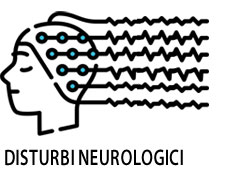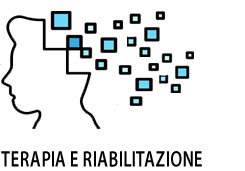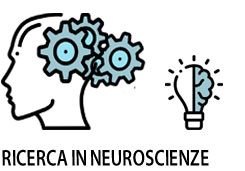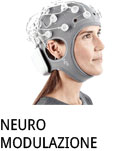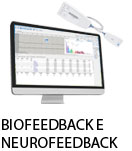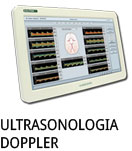- +39 011 5821948
- info@geasoluzioni.it
- Lun - Ven 8:00 - 17:00
tDCS changes in motor excitability are specific to orientation of current flow
- Abstract:
- Measurements and models of current flow in the brain during transcranial Direct Current Stimulation (tDCS) indicate stimulation of regions in-between electrodes. Moreover, the cephalic cortex result in local fluctuations in current flow intensity and direction, and animal studies suggest current flow direction relative to cortical columns determines response to tDCS. Here we test this idea by measuring changes in cortico-spinal excitability by Transcranial Magnetic Stimulation Motor Evoked Potentials (TMS-MEP), following tDCS applied with electrodes aligned orthogonal (across) or parallel to M1 in the central sulcus. Current flow models predicted that the orthogonal electrode montage produces consistently oriented current across the hand region of M1 that flows along cortical columns, while the parallel electrode montage produces none-uniform current directions across the M1 cortical surface. We find that orthogonal, but not parallel, orientated tDCS modulates TMS-MEPs. We also show modulation is sensitive to the orientation of the TMS coil (PA or AP), which is through to select different afferent pathways to M1. Our results are consistent with tDCS producing directionally specific neuromodulation in brain regions in-between electrodes, but shows nuanced changes in excitability that are presumably current direction relative to column and axon pathway specific. We suggest that the direction of current flow through cortical target regions should be considered for targeting and dose-control of tDCS.
- Patologie/Applicazioni:
- Anno:
- 2017
- Tipo di pubblicazione:
- Articolo
- Parola chiave:
- stimolazione elettrica transcranica; neuromodulazione; stimolazione magnetica transcranica
- Nota:
- In questo lavoro l'effetto della stimolazione elettrica transcranica (tDCS) viene valutato tramite i potenziali evocati motori (TMS-MEP). Vengono presi in considerazioni diversi modelli legati alla direzione della corrente erogata sulla corteccia motoria M1. I risultati dimostrano che la tDCS produce effetti modulatori nelle regioni corticali comprese fra gli elettrodi utilizzati per la stimolazione. Occorre tenere conto della direzione della corrente nella scelta del target e dell'intensità di stimolazione.
- DOI:
- https://doi.org/10.1101/149633
Hits: 2081
La nostra storia
GEA soluzioni si affaccia nel 2013 al mercato della strumentazione medicale di alto livello tecnologico ma la sua storia parte da più lontano, clicca qui per approfondire.
GEA SOLUZIONI SRL
via Spalato 72/A, Torino
Tel.: 011 5821948 / 011 4463853
Fax: 011 0433281
Email: info @ geasoluzioni.it
P. IVA IT11696920013
REA TO1233648

